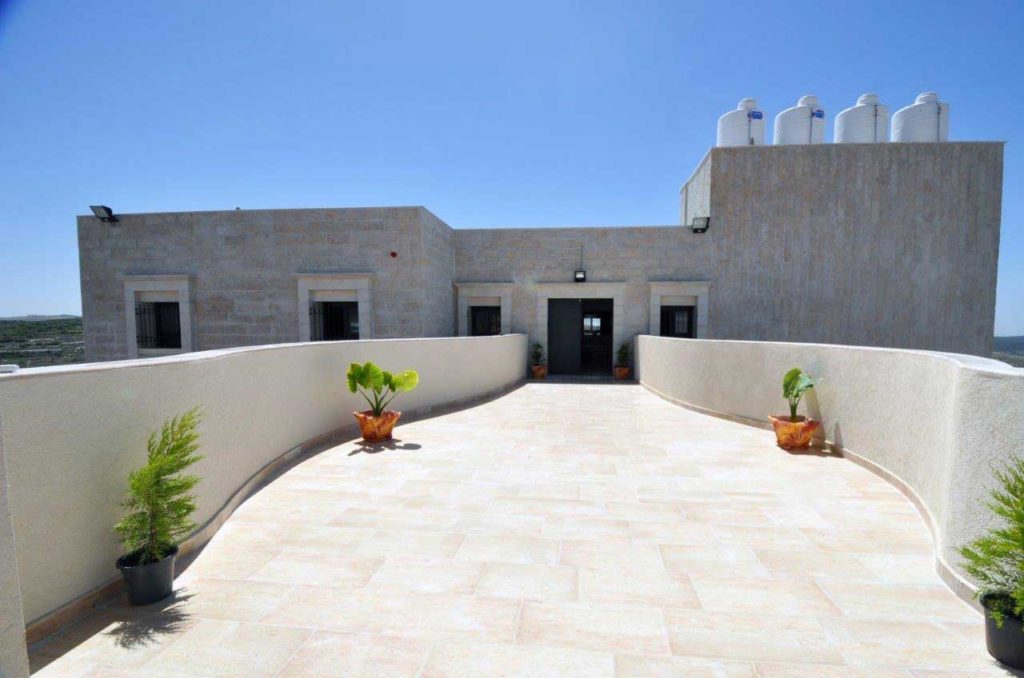Mar, 2009
"It is a dream come true.”
With these words Muhammad Abu Ghali, Director of Jenin Hospital, described the work Anera just completed at the hospital.
The Jenin Governmental Hospital is the only governmental hospital in Jenin. With a capacity of 123 beds, the hospital serves a large part of the northern West Bank, particularly the Tubas and Jenin areas. Units include pediatric, neonatal, maternity, ICU, internal, surgery, kidney dialyses, emergency service, thalasemia and chemotherapy.
“This is the biggest project carried out at the hospital since it was created in 1960.” Says Abu Ghali, “It has really improved the hospital’s performance.” The USAID-funded project included the rehabilitation of all three floors of the institution’s main building, with a total budget of almost $800,000.
Walking in the newly renovated corridors, hospital staff, patients and visitors all express their satisfaction with the changes. “It feels more like a hotel than a hospital,” said Muhammed Zakarna, one of the patients. “Everything looks cleaner, newer and is more convenient. I can be comfortable while waiting for my surgery.”
Nurse Manager Rabiha Sa’eed said, “This is what I call a hospital. Now we have curtains that give privacy for each patient. People feel more comfortable and that has a positive influence on how they interact with us.” Rabiha stressed the fact that the newly renovated wards added efficiency to the health care services delivered by the staff working at the hospital.
Anera and USAID have also left a legacy at Jenin Hospital through renovation of the delivery room. While hugging her newborn baby boy, one woman said, “I was surprised when I came here. I had heard gloomy things about the hospital’s delivery room. Today it looks like heaven.”
Ra’eda Freihat, a 35-year-old waiting to be released after delivering her baby boy, said, “I lost a baby girl last year here in this hospital. She suffered from an infection. I told myself I would never deliver a baby again at this hospital. I was planning to deliver at home with the help of a midwife. But after I saw the new delivery room, I felt okay about delivering here again. Thank God this time my baby is in good health.”
The work also included the renovation of rooms used to store medicine, blood, and other medical materials. “We did not have an appropriate place for storing medicine, which meant a lot of it went bad and had to be discarded,” said Iman, in charge of the hospital’s pharmacy. “The new pharmacy will definitely ensure that we are storing medicine in the right conditions.”
Walking towards the laboratory, the difference in appearance and atmosphere is immediately obvious. According to Suhad Muhaisin, a laboratory worker, “no words can describe this. I used to work with eight other colleagues in a small space with bad air conditioning and poor lighting. This affected the way we did our jobs. Now it is a whole new era. We as staff feel more comfortable and productive throughout the day.”


